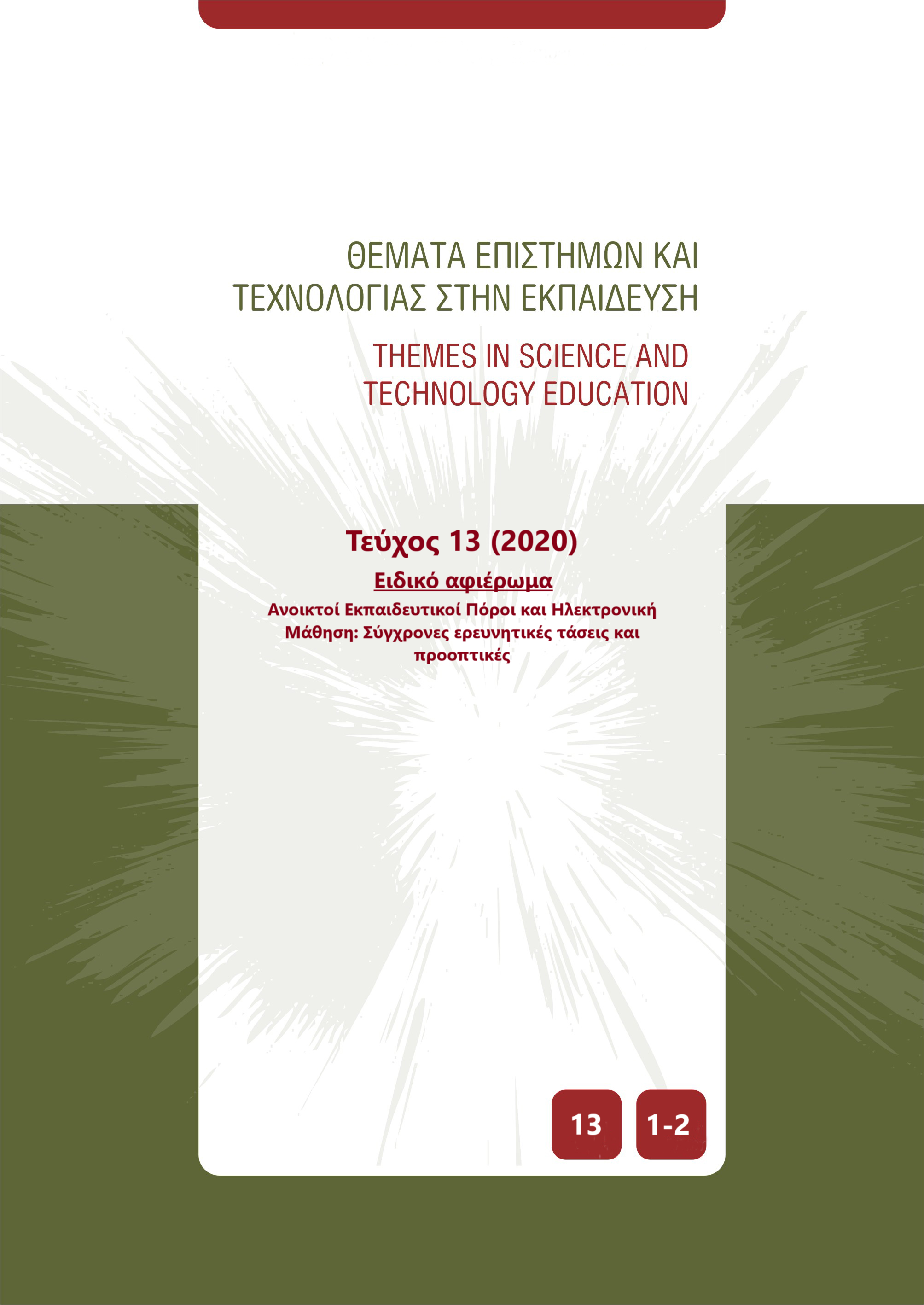Σχεδιασμός και ανάπτυξη διαδικτυακής πλατφόρμας μάθησης και αναγνώρισης της συναισθηματικής κατάστασης μαθητή κατά την επίλυση προβλημάτων με κλάσματα

Περίληψη
Τις τελευταίες δεκαετίες έχει καταγραφεί μεγάλο ερευνητικό και εκπαιδευτικό ενδιαφέρον για την ανάπτυξη και εφαρμογή ψηφιακών εκπαιδευτικών περιβαλλόντων για τη διδασκαλία και τη μάθηση εννοιών των μαθηματικών. Ειδικότερα, η βιβλιογραφία δείχνει ότι οι μαθητές του δημοτικού σχολείου συναντούν πολλές δυσκολίες κατά την επίλυση προβλημάτων με κλάσματα, οι οποίες συχνά τους ακολουθούν και στις επόμενες εκπαιδευτικές βαθμίδες. Η μελέτη που παρουσιάζεται στην εργασία αυτή αφορά τον σχεδιασμό και την ανάπτυξη ενός ηλεκτρονικού περιβάλλοντος μάθησης για τη διδασκαλία των κλασμάτων, το οποίο αξιοποιεί την αναγνώριση συναισθημάτων του μαθητή κατά την επίλυση προβλημάτων με κλάσματα. Παρουσιάζεται αναλυτικά η μεθοδολογία ανάπτυξης του συγκεκριμένου περιβάλλοντος μάθησης, η οποία βασίστηκε α) στην επισκόπηση των ανοικτών συστημάτων και περιβαλλόντων μάθησης και β) στη μελέτη των απόψεων μιας ομάδας εστίασης έμπειρων εκπαιδευτικών πρωτοβάθμιας εκπαίδευσης με στόχο την ανάδειξη σημαντικών παραγόντων σχεδιασμού μέσα από την πολύχρονη εμπειρία τους με την διδασκαλία των κλασμάτων. Γίνεται παρουσίαση της δομής και των λειτουργικών χαρακτηριστικών του διαδικτυακού συστήματος μάθησης και αναγνώρισης συναισθημάτων του μαθητή. Τέλος, συζητούνται μελλοντικοί σχεδιασμοί και προτάσεις που μπορούν να συμβάλουν στην ενίσχυση των μαθησιακών αποτελεσμάτων των μαθητών κατά την επίλυση προβλημάτων με κλάσματα.
Λεπτομέρειες άρθρου
- Πώς να δημιουργήσετε Αναφορές
-
Μαστοροδήμος Δ., Τζιμογιάννης Α., & Χατζηχριστοφής Σ. (2020). Σχεδιασμός και ανάπτυξη διαδικτυακής πλατφόρμας μάθησης και αναγνώρισης της συναισθηματικής κατάστασης μαθητή κατά την επίλυση προβλημάτων με κλάσματα. Θέματα Επιστημών και Τεχνολογίας στην Εκπαίδευση, 13(1/2), 7–32. https://doi.org/10.12681/thete.39963
- Ενότητα
- Articles





